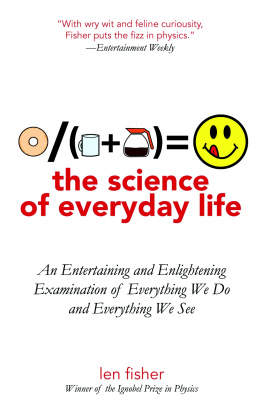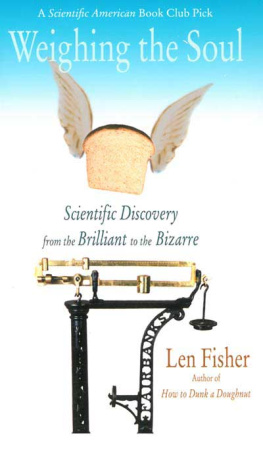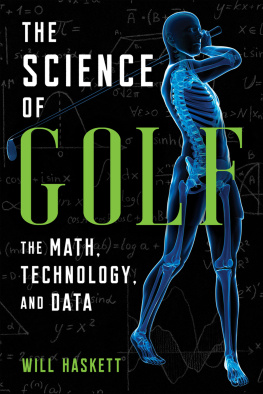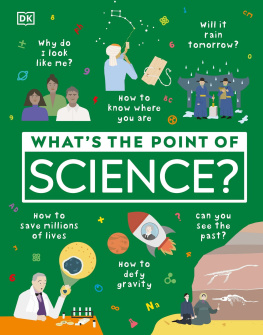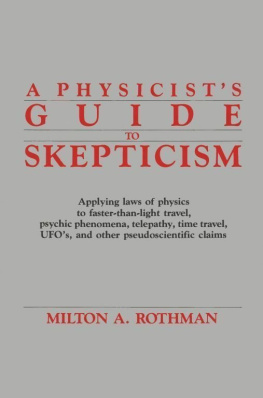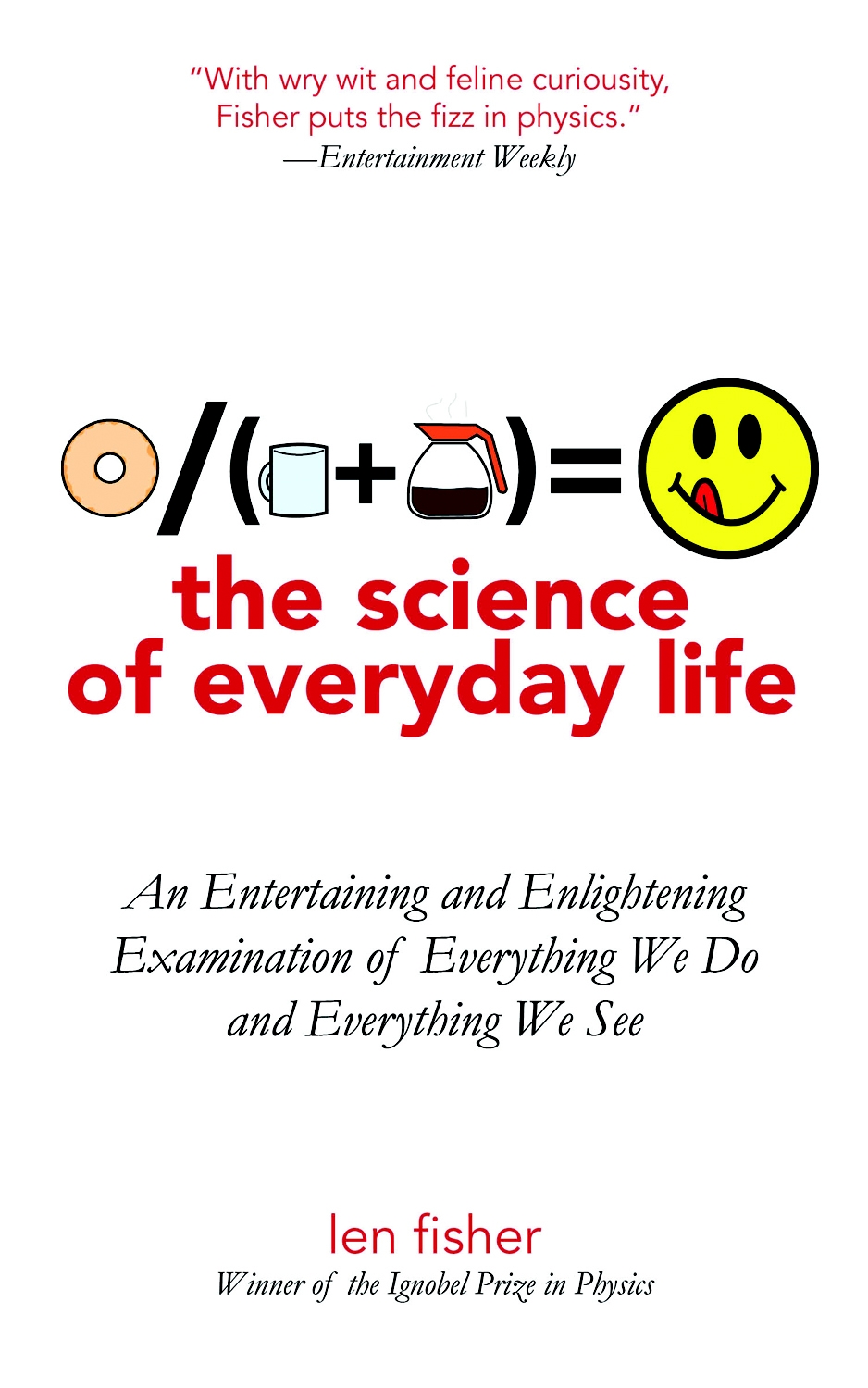appendix 1:
mayer, joule, and the concept of energy
Mayers unlikely inspiration for the concept of energy was the sight of a horse sweating as it pulled a load up a hill. His key idea was that the horse was getting hot, not because it was moving, but because of the physical work that it had to do to generate the movement. He thus turned the question of the relationship between heat and movement into a question of the relationship between heat and the physical work needed to produce movement. Having reframed the question, he drew three far-reaching conclusions. The first was that when we use heat to do work (e.g., to drive a steam engine) or perform physical work to generate heat (e.g., when we rub our hands together), the two are literally transformed into each other. Heat becomes work, and works becomes heat. That idea was remarkable enough, but he went further to deduce that heat and work must be inter-convertible in a constant ratio. Otherwise, he argued, we could use an initial small amount of heat to do as much work as we want, simply by using the work produced initially to generate more heat than we started with, and so on. Such processes dont work, or else we could fly a Boeing 747 by striking a match. There is no such thing as a free lunch.
Mayer tried to prove his thesis by arranging an experiment at a paper factory where the pulp in a large cauldron was stirred by a horse going around and around in a circle. Measuring the rise in the pulp temperature, he obtained a figure for the amount of heat produced by a given amount of mechanical work done by the horse.
Mayers experiments were crude, and he does not receive any credit for them in modern textbooks, despite having been the first to conceive or attempt them. The credit goes instead to an English brewer named James Prescott Joule, who used a paddle wheel driven by a falling weight to stir a bucket of water, finding that the temperature of the water rose by twice as much when the weight dropped twice as far, so that twice as much physical work was generating twice as much heat.
Joule deserves his credit, since he was the first to perform experiments whose results were sufficiently accurate and reproducible to be convincing. It is more difficult, though, to reject Mayers claim to priority for his third and most important insight, which was that heat and physical work are not only transformable into each other, but are actually different forms of the same thing. We now call that thing energy.
What Mayer had enunciated became what we know now as the principle of conservation of energy, the cornerstone of modern science. Yet his name is hardly ever associated with it. Mayer committed the cardinal sin he was an outsider. Some establishment scientists of the time defended his priority, but others, especially the British scientist Peter Guthrie Tait, poured xenophobic scorn on his rather metaphysical style of argument as subversive of the method of experimental science. Even his fellow German, Hermann Helmholtz, initially a defender of Mayers innovativeness, subseqently derided his pseudo-proof. Under these criticisms, Mayer attempted suicide by jumping out of a window thirty feet above the street. Luckily, his lack of experimental ability was once again proven and he survived the attempt. He was eventually honored as a genuine innovator, although his methods lacked the rigor needed to convince others of the correctness of his remarkable insights.
Mayer was a man of ideas. Joule was a man of action, eager to confront ideas with hard facts. If Joules experiments to prove that the heat generated by physical work is in direct proportion to the amount of work done were truly correct, then the rest of Mayers logic follows.
First, though, Joule had to decide what physical work meant. Mayer had been quite vague about it. Obviously, physical work is something that we do when we move an object by pushing or pulling in other words, by applying a force. Joule decided, apparently intuitively (and following Carnots earlier ideas, published in 1824 under the title Reflections on the Motive Power of Fire), that the amount of work that we do in moving an object depends only on the force that we apply and on how far the object is moved. The further we push, and the harder we have to push, the more work we are doing. In simple mathematical terms: work = force distance. The definition makes good intuitive sense. When we have to push a car whose engine has failed, for example, the work that we feel we are doing surely depends on how hard we have to push and how far we have to push the car. The further we push, or the harder we push, the more work we feel we are doing.
The intuitive idea of work underlies almost the whole of modern physics. All of our measurements of energy, for example, rely eventually on measuring how much work the energy can be made to do. Since energy is now believed to be the stuff of the universe, the correct definition of work is crucial. Joules intuitive guess at the definition, apparently so simple, has turned out to be the one that provides a totally selfconsistent picture, and is the one that we still use. It is remarkable that the whole of modern physics, rigorous as it is, has as its foundation a totally intuitive guess.
Joule was able to demonstrate his guess practically by constructing his famous paddle-wheel experiment. Shortly after he had completed it, Joule married, and took his new bride for a honeymoon at the famous Chamonix falls in the Swiss Alps. One can imagine his wifes chagrin when she found that Joule had secreted a thermometer in the baggage, intending to measure the temperature of the falls as the water fell through different distances. It can only have been matched by Joules chagrin when he found that any increase in temperature was offset by the effects of the cold air as it carried the heat away.
Mayers insight has now been extended to encompass the idea that all forms of energy can be transformed into each other. All of them, for example, can be transformed into heat and hence used in cooking. The final step was made by Einstein when he showed that matter itself may be regarded as compressed energy, transformable directly into the heat of a nuclear power station or the heat and light of an atomic bomb. Mayers logic is formalized these days into the first of the three laws of thermodynamics. This law (well known, even if its meaning is not always fully appreciated) states that energy cannot be either created or destroyed. The second law states that converting any form of energy to work is never one hundred percent efficient (some is always converted to heat), except at a temperature of absolute zero. The third law states that we can never reach absolute zero. These laws are equivalent to the laws of gambling in the old Wild West:
- You cant win.
- You cant break even.
- You may not leave the game.

